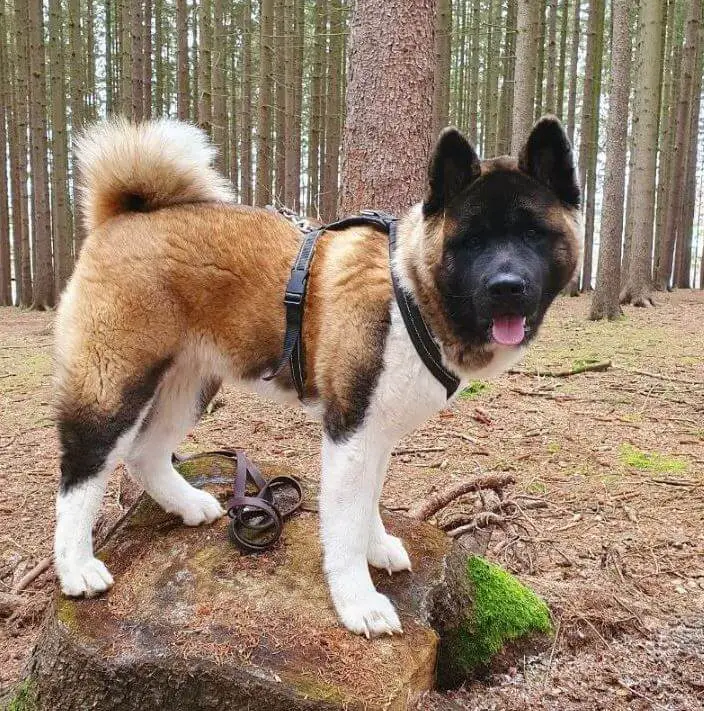Dog marking, also known as urine marking, is a behavior that can be puzzling and frustrating for dog owners. Whether it’s inside the house or outdoors, the act of marking territory with small amounts of urine is a natural instinct for dogs. In this article, we delve into the reasons behind dog marking, explore ways to prevent and manage it, and provide insights into when professional intervention might be necessary.

Understanding Dog Marking:
Marking is a form of communication for dogs. It’s different from regular urination as it involves a small amount of urine deposited on vertical surfaces, such as walls, furniture, or even plants. Dogs mark to communicate their presence, establish territory boundaries, and leave scent markers for other dogs.
Common Reasons for Dog Marking:
- Territorial Behavior: Unneutered males are more likely to mark to establish their territory and communicate their presence to potential rivals.
- Hormonal Changes: Hormones can trigger marking, especially in intact males and females during their heat cycle.
- Anxiety and Stress: Changes in the environment, the presence of new animals, or separation anxiety can lead to marking as a coping mechanism.
- Social and Sexual Communication: Dogs may mark to signal their availability for mating or to communicate their social status within a group.

Preventing and Managing Dog Marking:
- Spaying and Neutering: Spaying and neutering can reduce the frequency of marking, especially in intact males. Consult your veterinarian about the appropriate timing for the procedure.
- Positive Reinforcement: Reward your dog for good behavior and provide plenty of mental and physical enrichment to reduce stress and anxiety.
- Limit Access: If your dog marks inside, consider confining them to a limited area when you’re not around to supervise.
- Frequent Outdoor Breaks: Take your dog outside frequently to allow them to relieve themselves and potentially decrease the need for marking indoors.
- Cleaning and Neutralizing: Thoroughly clean marked areas with enzymatic cleaners to eliminate lingering scent markers.
When to Seek Professional Help:
If marking becomes excessive, persistent, or is accompanied by other concerning behaviors, seeking professional help is recommended. A veterinarian or a certified dog behaviorist can help identify underlying issues and develop a tailored plan to address them.
Patience and Consistency:
Remember that curbing dog marking requires patience and consistent efforts. It’s essential to understand that marking is a natural behavior deeply ingrained in your dog’s instincts, so managing it might take time.

Dog marking is a behavior that stems from natural instincts, and while it can be frustrating for dog owners, it’s essential to approach it with understanding and patience. By identifying the underlying causes, implementing preventive measures, and seeking professional guidance when needed, you can effectively curb the issue of dog marking. Through positive reinforcement, proper training, and a supportive environment, you can help your furry companion feel secure and content, ultimately creating a harmonious living space for both you and your dog.
